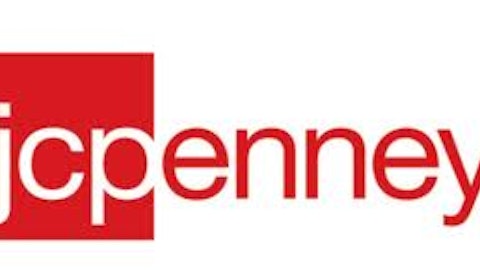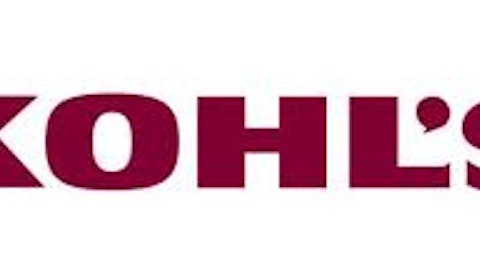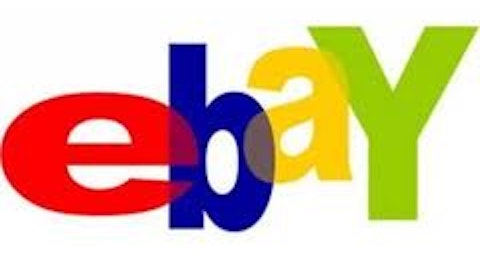
However, after months of bad news, J.C. Penney Company, Inc. (NYSE:JCP) recently witnessed some good news that pushed its share price up by more than 7% in after hours trading. Billionaire George Soros reported that he owned more than 17 million shares in the company, a 7.9% stake. Interestingly, that information came from a 13G filing, not a 13D filing. It indicates that George Soros invests passively, not actively, in the company.
J.C. Penney and its valuable real estate assets
I personally think that what’s valuable about J.C. Penney Company, Inc. (NYSE:JCP) is its real estate. Indeed, its valuable real estate assets have attracted Bill Ackman into the company. In his recent presentation in the middle of 2012, Ackman stated that the company’s nationwide store base was split into three types of format, on-mall, off-mall, and legacy. It had more than 1,100 units with 112 million square feet in total.
Around 49% of its real estate had low cost leases at around $4 per square feet, while J.C Penney had an outright ownership of the rest 51%. Ackman estimated that the real estate replacement cost should be more than $11 billion. Furthermore, 80% of the company’s on-mall stores were in the shopping centers with sales per square feet higher than $300, whereas this percentage figure was around 75% for Macy’s, Inc. (NYSE:M).
Macy’s and J.C. Penney’s dispute
Macy’s, Inc. (NYSE:M), incorporated in 1985, operates more than 841 stores in 45 states in the U.S., District of Columbia, Puerto Rico, and Guam under several brands including Macy’s and Bloomingdale’s. Out of those 841 stores, 269 were leased, 462 were owned, and 110 stores were under an agreement that Macy’s, Inc. (NYSE:M) owned the building and leased the land, with around 150.6 million in square feet in total.
Most of its revenue, or 38% of the total, was derived from the sale of feminine accessories, intimate apparel, shoes, and cosmetics while feminine apparel and men’s and children’s products, each accounted for an equivalent amount of 23% of total sales in 2012.
Recently, J.C. Penney Company, Inc. (NYSE:JCP) and Macy’s have run into the dispute with each other over the right to sell Martha Stewart Living Omnimedia, Inc. (NYSE:MSO)’s products. While Martha Stewart intended to launch its stores within J.C. Penney, Macy’s, Inc. (NYSE:M) claimed that it owned an exclusive right till 2018 to sell bedding, tableware, and bath products under the Martha Stewart Living Omnimedia, Inc. (NYSE:MSO) brand.
However, according to Bloomberg, Supreme Court Justice Jeffrey K. Oing commented that Macy’s hadn’t shown that there was irreparable harm to Macy’s, Inc. (NYSE:M) if J.C. Penney Company, Inc. (NYSE:JCP) sold the “JCP Everyday” products. J.C. Penney could sell those goods as long as they did not have the Martha Stewart Living Omnimedia, Inc. (NYSE:MSO) name.



